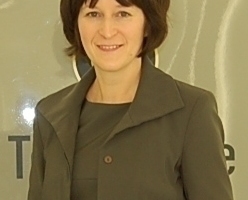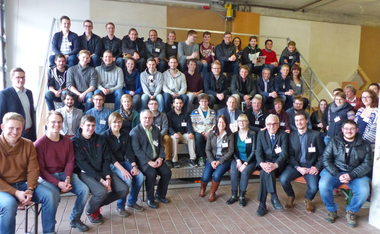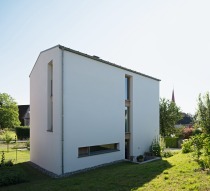Production and application of clay bricks and tiles
These two terms could be used to head the reports in ZiJa 2011. In the first part, we present you with detailed and recent research findings concerning the production of clay bricks and roofing tiles:
Anne Tretau has concentrated on the production of extruded adobe bricks and details the results of her research from page 16 onwards.
From page 46 John P. Sanders and Denis A. Brosnan present a new, faster method for testing freeze-thaw resistance, which simulates the freeze-thaw cycles of a masoned brick more accurately than the ASTM C 67 test method.
The “Causes and avoidance of damage on account of diffusion-dependent reactions in the preheating zone of tunnel kilns” are the focus of Michael Ruppik’s work. From page 58 he informs us about the latest research findings.
Walter Rieger, Ludwig Pointner and H. Boller describe testing and optimization of two tunnel kilns in a brickworks. You can read about how to get good results with endogenous thermal oxidation accommodated to the prevailing conditions, in combination with appropriate clay body optimization from page 78.
The second part of the Annual is devoted to the application of our products:
From page 92 Alexander Lehmden tells us about the “Energy-efficient clay brick house”. In future buildings, building engineering and energy sources will be evaluated and optimized together.
From page 100, the architecture critic Falk Jaeger explores the question of the significance of clay brick masonry in architecture in his paper “The beautiful art of bonding bricks: The empathetic relationship of the architects with clay bricks”.
From page 108, Fabio Gramazio and Matthias Kohler show us how digitally developed systems and generated principles can be translated “1:1” into building scale with an industrial robot. They use clay bricks as a building material!
Together with Wolfgang Rang and Niels Gutschow, a group of architecture students from Frankfurt am Main University of Applied Sciences built a tower structure of bricks in 24 days in Bhaktapur. We present this successful example of how you can inspire architecture students to build with clay brick from page 114.
We should be delighted if the reports in this Annual inspired you too!
Yours
Anett Fischer
Editor Brick and Tile Industry International






